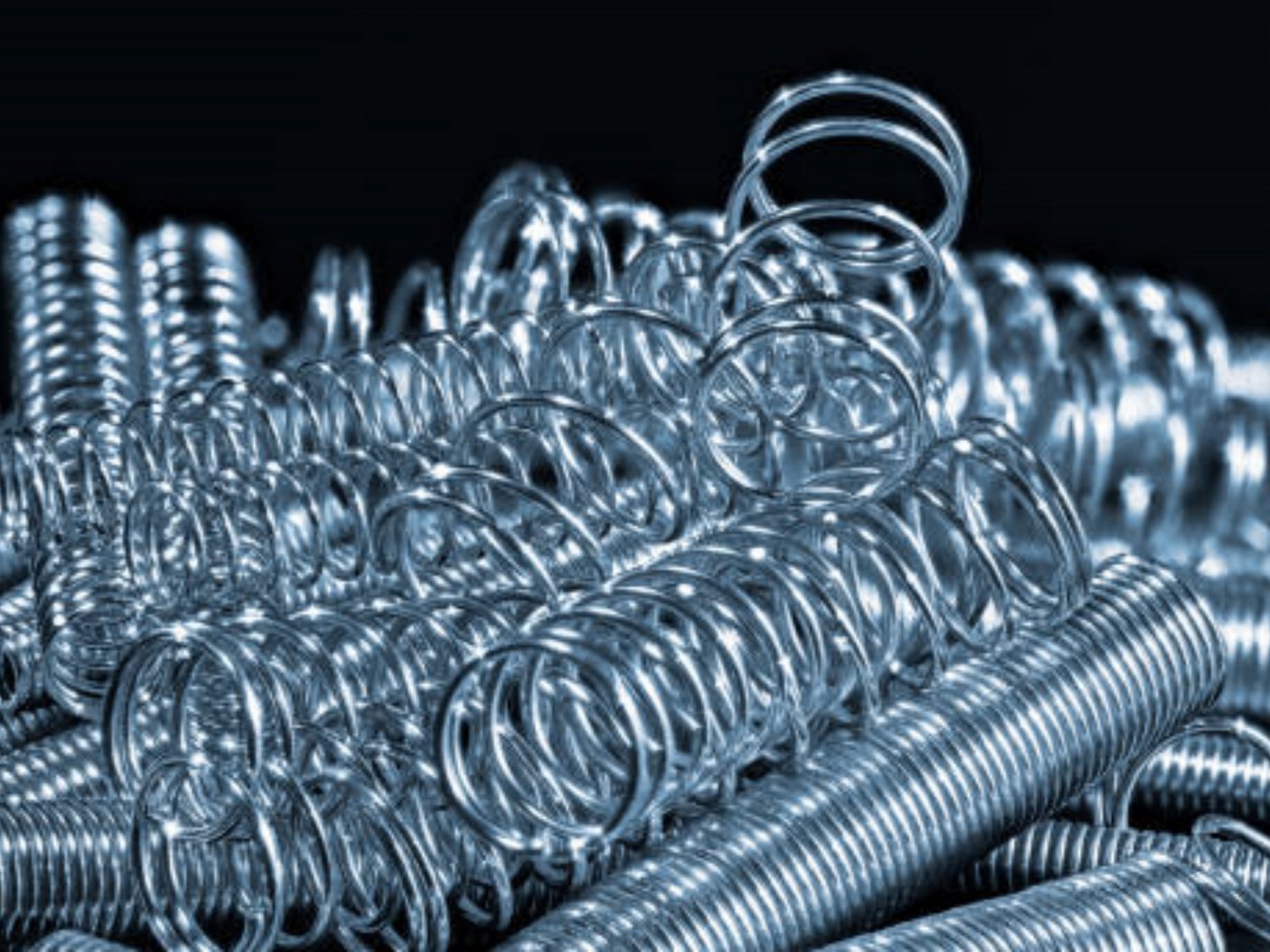Introduction
low tension springs are an essential component in many industries and applications. These springs are designed to exert minimal force while still providing the necessary tension for a wide range of functions. In this article, we will explore the various benefits and applications of low tension springs, highlighting their importance in different industries.
1. What Are Low Tension Springs?
Low tension springs, also known as light pressure springs, are mechanical devices that store potential energy when stretched or compressed. These springs are designed to exert minimal force or tension, making them ideal for applications where a gentle touch or delicate movement is required. They are typically made from materials such as stainless steel or phosphor bronze, which offer excellent strength and durability.
2. The Importance of Low Tension Springs
Low tension springs play a crucial role in various industries, including automotive, aerospace, medical, electronics, and more. Their ability to provide controlled and precise tension makes them suitable for applications that require a gentle touch. These springs ensure the smooth operation of many devices and mechanisms, preventing excessive force or damage.
3. Automotive Applications
In the automotive industry, low tension springs are commonly used in various components, such as seat belts, retractable roofs, and fuel caps. These springs provide the necessary tension for smooth operation and ensure the safety and functionality of these mechanisms. Their low force exertion also helps reduce wear and tear, increasing the lifespan of the components.
4. Aerospace Applications
Low tension springs find extensive use in the aerospace industry, where precision and reliability are paramount. They are used in aircraft seating mechanisms, control panels, and retractable landing gears. These springs offer the required tension for smooth operation while minimizing weight and space requirements, essential factors in aerospace applications.
5. Medical Applications of Low Tension Springs
Low tension springs play a vital role in the medical field, particularly in devices such as surgical instruments, prosthetics, and medical equipment. These springs provide controlled tension for delicate movements, ensuring precise and accurate operation. Their low force exertion also reduces the risk of injury to patients and minimizes discomfort during medical procedures.
6. Electronics Applications of Low Tension Springs
In the electronics industry, low tension springs are commonly used in various devices, including switches, connectors, and keypads. These springs provide tactile feedback and ensure the proper functioning of these components. Their low force exertion helps prevent accidental actuation while maintaining the desired responsiveness in electronic devices.
7. Benefits of Low Tension Springs
Low tension springs offer several advantages compared to higher tension springs. Firstly, they reduce the risk of damage to delicate components and mechanisms by exerting minimal force. Secondly, these springs provide smoother and more controlled movement, enhancing the overall performance of the application. Additionally, low tension springs help improve the longevity of devices by minimizing wear and tear.
8. Choosing the Right Low Tension Spring
When selecting a low tension spring, it is essential to consider factors such as the required tension range, material compatibility, and environmental conditions. Working with an experienced spring manufacturer can help ensure the right spring is chosen for the specific application, taking into account factors such as load requirements, space limitations, and durability.
9. Maintenance and Care
Proper maintenance and care are crucial for maximizing the lifespan and performance of low tension springs. Regular inspection, lubrication, and cleaning can help prevent corrosion and ensure smooth operation. If any signs of wear or damage are detected, the springs should be replaced promptly to prevent malfunctions.
10. Conclusion
Low tension springs are an essential component in various industries, offering precise tension and controlled movement for a wide range of applications. Their use in automotive, aerospace, medical, and electronics industries demonstrates their versatility and importance. By choosing the right low tension spring and maintaining it properly, businesses can ensure the optimal performance and longevity of their devices and mechanisms.

